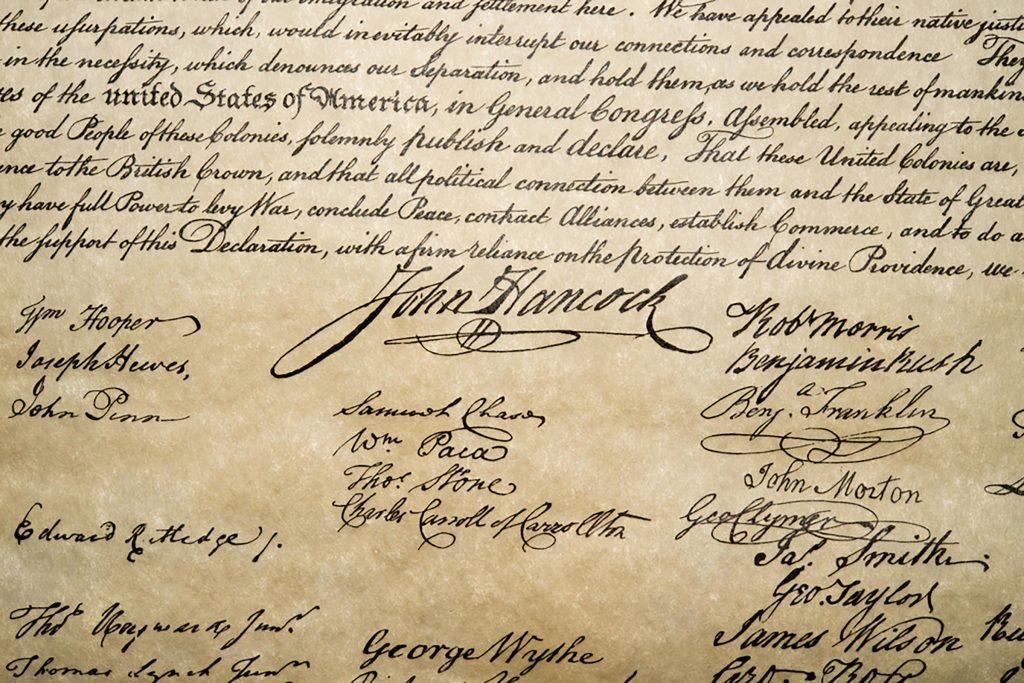  |
| Elizabeth I (r. 1558-1603. Henry VIII (r. 1509-1547) |
As the Middle Ages morphed into the Renaissance things changed. Henry VII (r. 1483-1509) leaned more toward Spain, negotiating a Spanish marriage for his eldest son, Arthur. Catherine of Aragon was married to Arthur for less than a year when he died of what some scholars think was the sweating sickness. After languishing in England for years, Henry’s second son, who became Henry VIII (r. 1509-1547) married Catherine after he ascended to the throne. Catherine had a number of pregnancies but only one child, Mary, survived. Henry famously broke from Rome, divorced Catherine and married Anne Boleyn, with only one daughter, Elizabeth, surviving. Four wives later Henry had two daughters and a son, Edward, all of whom reigned over England, Elizabeth’s reign lasting the longest (1558-1603).
During Henry’s reign his court bounced between relations with Spain and the Holy Roman Empire, ruled by the Hapsburg Charles V, and France, ruled by two monarchs during Henry’s reign. Henry would favor one or the other based on what he thought he could get out of either. It was never out of friendship.
 |
| Philip II (r. 1556-1598 Spain) |
One of the factors in the English animosity toward Philip and Spain was that he had been co-regent with his wife, Mary I of England, who briefly returned England to Catholicism. Many in England did not like the idea of a Spanish king.
The English case against the Spanish revolved around several issues. First, they were Catholic, and wanted to overthrow Elizabeth, a Protestant. Second, they were cruel, in English estimation, as I will discuss in my next post.




